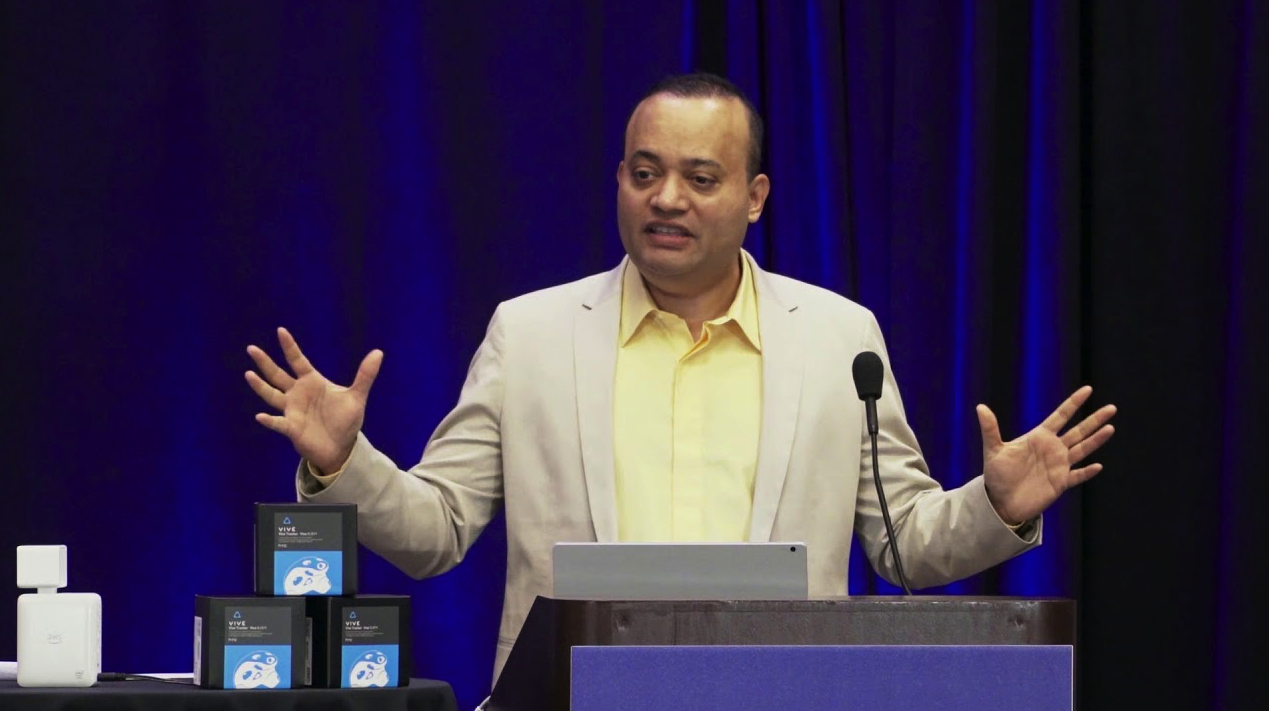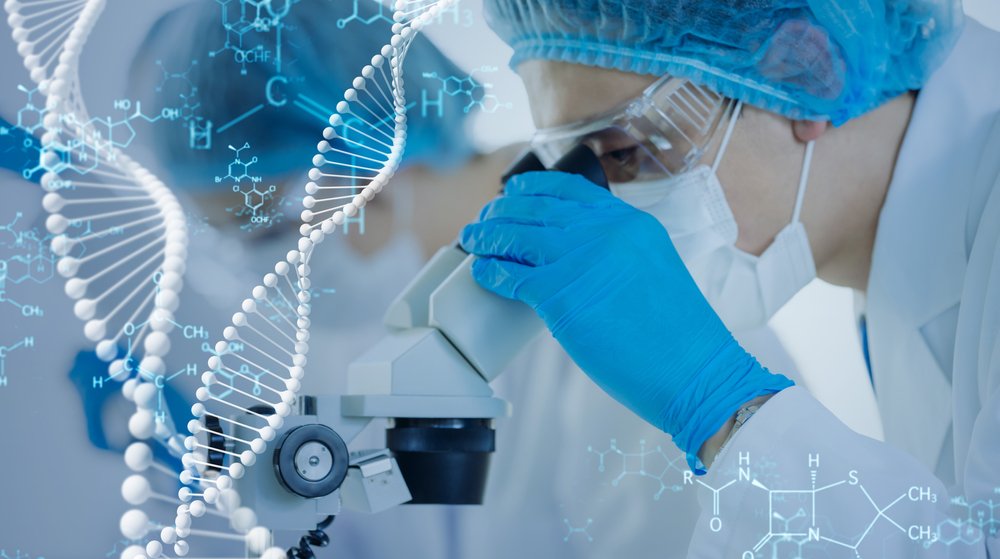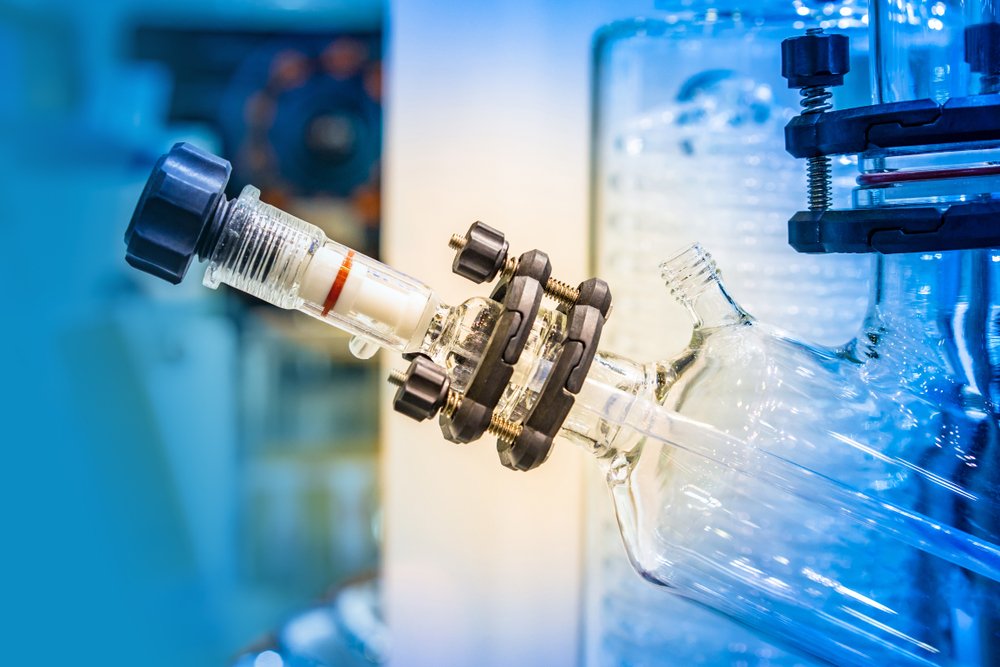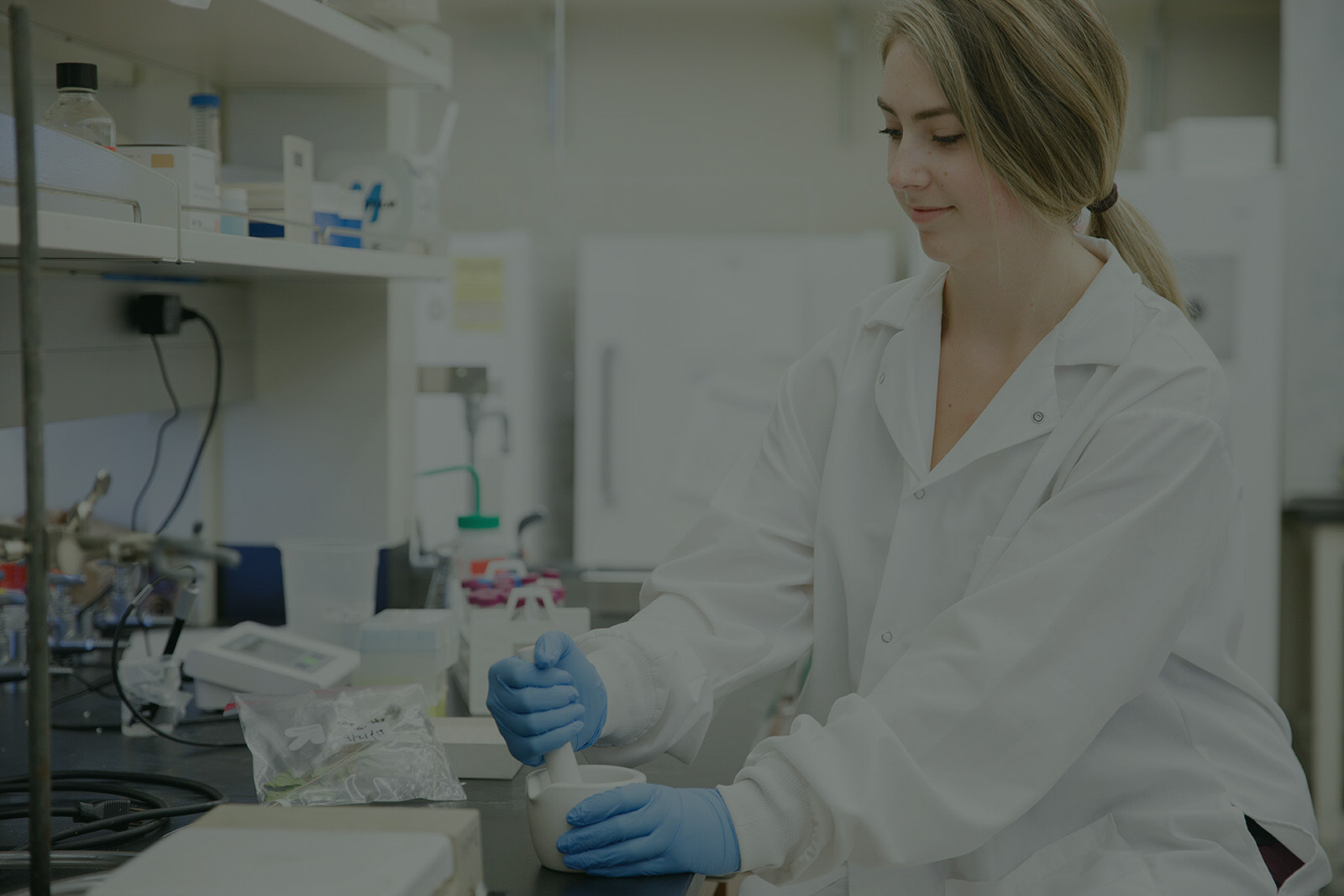How AI can Fundamentally Transform Drug Discovery and Nanomedicine

The need for vaccines and antiviral drugs to combat the ongoing Covid-19 pandemic has renewed focus on limits to what medicine can currently treat and the speed with which we discover and develop new drugs for any disease.
This focus has further fueled AI-centric efforts to improve the drug development process. Joining over 100 other companies focused on an AI-driven approach, Google’s parent Alphabet has launched a company called Isomorphic Labs to utilize deep learning in drug discovery. As in many other industries, using AI to solve challenges in drug discovery has captured the imagination of companies, investors, and the public - Nano Magazine has compiled a key report on how the drug discovery and nanomedicine sector is transforming.
Drug Discovery Challenges
Drug discovery at its core is a problem of finding novel molecules that bind to disease-causing proteins in our bodies, be they our own proteins or those of a viral or bacterial invader. Designing these new drug molecules is a nanoscale scientific and technological challenge. The typical small-molecule drug that can be administered as a pill takes 10-12 years to reach market and billions of dollars in development costs, with odds of success per program ranging from 1 in 20 to 1 in 50, depending on the therapeutic area. It’s a high risk, high reward competition, and for every success there are dozens of failures.
ROI on ‘Big Pharma’ R&D is now trending near the cost of capital and expected to decline further. Pharmaceutical companies compensate for this growing inefficiency by raising drug prices and in-licensing promising drugs from smaller companies at earlier stages of development to pack their drug pipelines. More and more FDA approvals are for repurposed or copycat “me-too” drugs that do little to improve treatment of various diseases. If any industry is ripe for transformation, it is pharmaceuticals.
For decades, identifying potential drug candidates has been an automated, robotics-driven trial-and-error approach called high-throughput screening (HTS). HTS tests a disease-causing protein against pre-synthesized drug-like compounds stored in a chemical library, by detecting an experimental signal that correlates with binding activity. Compounds that show strong signals (hits) are further characterized and chemically modified in the hope of finding lead candidates safe and effective enough in animal studies to warrant human clinical trials.
Unfortunately, the industry’s current compound libraries barely amount to a thimbleful of water from the vast ocean of potential drug compounds; until the industry finds a way to quickly navigate it, the entire drug discovery process will remain time-consuming, expensive, and erratic, with miserable odds of success.
What’s needed is systematically designed novel drugs that bind to any protein of interest.
A Long History of Seeking Solutions
AI is just the latest of several attempts to streamline drug discovery over the past 30 years. In the 1990s, the field of combinatorial chemistry matured and promised rapidly built libraries of pre-synthesized compounds to test via HTS.
It captured the imagination of investors—and a great deal of their money – but combinatorial chemistry makes only small modifications to existing chemical motifs and does not generate fundamentally novel molecules. After initial strides expanding the industry’s compound libraries, it faltered and delivered neither hoped-for R&D savings nor booming pipeline growth, so most companies using this approach folded.
This led to Peter Crooks, PhD, chair of drug design and discovery at the American Association of Pharmaceutical Scientists, commenting: “The promise of combinatorial chemistry has not developed as expected. We haven’t seen the enormous increase of new drugs in development.”
Adityo Prakash, CEO and Co-Founder of transformational novel drug discovory platform Verseon
In the same decade, Vertex Pharmaceuticals was an early champion of systematic computer-driven drug design. It aimed to replace HTS lab tests using pre-synthesized compounds with computer simulation of drug-protein interactions based on the underlying laws of physics and chemistry. If molecules could be tested without being synthesized, vastly larger numbers of potential drug candidates could be examined in less time and cost than HTS requires.
Unfortunately, the science, technology and computer resources of the time couldn’t match the theory so Vertex customized traditional trial-and-error laboratory methods, and rebranded this as “chemogenomics” to advance a few drug candidates into clinical trials.
Many contemporaries, like the original Locus Pharmaceuticals and Pharmix, have since disappeared while some, such as Schrödinger, evolved their tool sets and others such as Verseon have emerged over the past two decades.
Challenges Facing Drug-Discovery AI
A phalanx of pure AI companies now aims to “fix” drug discovery by feeding all available pharmaceutical laboratory data and published results into their predictive AI algorithms, raising three fundamental problems.
Firstly, AI is stuck within known boundaries of data and Amaury Lendasse, prominent AI researcher and CTO of Edammo Inc, points out: “AI techniques learn from known data and can predict within the domain spanned by this particular data. In other words, they interpolate. They do not have the capabilities to perform well outside that domain and often fail at extrapolating well.”
Secondly, using AI in drug discovery requires two different data sets to make good predictions - or any. One set is the solutions known to work for similar scenarios i.e. data for previously synthesized compounds. The other data set AI needs to evaluate new scenarios effectively is the one for what doesn’t work and it simply doesn’t exist in any meaningful form in published bioscience literature.
Thirdly, most results of life-science studies are irreproducible - even conservative estimates exceed 50% - so, the problem for AI is worse than a mere failure to extrapolate outside existing data: if most published research data is irreproducible, any AI predictions based on such data are highly suspect.
Some of the New Entrants Touting Pure AI-Based Drug Discovery and Nanomedicine
So, have investors in AI drug discovery companies fallen for the same hype that surrounded combinatorial chemistry and early computer-aided drug design?
Dr John Orloff, who recently joined the Board of Directors at BenevolentAI.
One high-profile company, BenevolentAI, has received over $345 million in funding over recent years. It touts its “bioscience machine brain” and “Knowledge Graph” technology, which incorporates journal articles, laboratory data, network biology, drug program data, patent literature, and clinical data. But no technical details are provided, and many researchers dismiss the “Knowledge Graph” as a simplistic presentation of wild claims.
Distinguished pharmaceutical chemist Derek Lowe decried the “hype-fest” surrounding drug-discovery AI in his 2018 science.org article “BenevolentAI: Worth Two Billion?” His own expectations of AI are more measured: “AI is going to be very good at digging through what we've already found,” but added “We just don’t know enough about cells, about organisms, and about disease” to feed the AI an adequate data set to analyze.
As for the press release about the bioscience machine brain, Lowe remarked: “I hope that the PowerPoint deck that convinced people to part with $115 million is written at a less eye-rolling level than this press release; a person could pull a muscle.”
Another company professing an AI-only approach is Exscientia, which went public recently and raised over half a billion dollars. It has a few drug candidates entering Phase I clinical trials, but the compounds do not appear to be truly novel chemical matter. For example, the International Search Report (ISR) reveals that the underlying chemical scaffold for the company’s anticancer A2 receptor antagonist was previously published by others years ago, along with several other highly similar scaffolds. The ISR goes on to state that all but one of Exscientia’s patent claims for this drug are “non-inventive.” This appears to be a common theme for its other drug candidates as well. Trotana Therapeutics’ Head of Drug Discovery Craig Coburn assessed published information about Exscientia’s drug candidates for OCD, immuno-oncology, and Alzheimer's-related psychosis and concluded:
“In each of these examples, the structures of the clinical compounds are very close to the prior art with modifications made to known chemotypes to improve certain shortcomings such as solubility or to patent bust with the goal to establish a narrow scope of new IP. Each of these programs do not offer more insight and design than what an experienced medicinal chemist would have come up with. The Exscientia ‘platform’ might be better described as a semiautomated way to work through a well-characterized part of medicinal chemistry space in search of patentable chemical matter.”
Examining papers posted on Exscientia’s website also gives clues about whether it has made fundamental advances. One featured paper covers cell imaging analysis to count the fraction of cancerous cells extracted from biopsies. Exscientia calls this “single-cell functional precision medicine” (scFPM) yet some experts say it is no different from ordinary flow cytometry, followed up by simple machine-learning techniques to analyze the resulting set of standard outputs.
Another paper discusses “TrendyGenes”, which boils down to an automated method of counting the occurrence of gene names vs publication time. Bursts in publication activity for a particular gene are interpreted as possible breakthroughs worth further study. But this technique uses standard machine learning techniques and looks at target proteins, not new drugs.
Alphabet launched the aforementioned Isomorphic Labs to “reimagine the process of developing new drugs with an AI-first approach,” after another subsidiary, DeepMind, demonstrated the ability to accurately predict how proteins fold in 2020,
“Deep learning”, the machine-learning technique at the heart of DeepMind’s technology, has made significant strides since the first neural networks were developed in the 1980s. It now excels in playing chess and Go and in image recognition.
However, a number of well-defined rules and vast amounts of available or generatable data characterize these settings, and protein folding is a problem that shares similar characteristics. Various evolutionary rules govern how proteins take their ultimate shape to become useful in a biological setting. An enormous amount of experimental data has also been collected over recent decades on protein structures and the variations in structure that proteins exhibit after small changes in their underlying constituent sequence of amino acids. All this information creates the perfect setting for the application of established deep learning techniques.
Professor Guang-Bin Huang, leading AI Google scholar.
In contrast, drug discovery is a truly different setting. Available data on protein and drug binding are very sparse and often unreliable. Compared to the vast number of potential drug-like compounds in the unexplored part of the chemical space, an infinitesimally small number of compounds have been synthesized and for which any protein-binding data exists. The irreproducibility problem discussed above means that much data on these compounds relating to some of their biological effects is also unreliable. A further complication is that small changes in drug molecules can have big impacts on their binding affinity to a protein of interest as well as their other biological properties. This setting is ill suited for most existing machine learning techniques—especially deep learning. As
Guang-Bin Huang, professor at NTU in Singapore and primary author of one of the top two Google Scholar classical AI papers, states: “Despite deep learning’s successes in certain arenas, in many situations it is not the optimal solution. In particular, for small or sparse datasets, their learning capabilities and prediction performance are quite limited.”
Yet Demis Hassabis, CEO of DeepMind and Isomorphic Labs, asserts that “there may be a common underlying structure between biology and information science—an isomorphic mapping between the two… Just as mathematics turned out to be the right description language for physics, biology may turn out to be the perfect type of regime for the application of AI.” But this statement invites substantial skepticism from experts familiar with the less tidy, more open-ended challenge of novel drug discovery.
Indeed, bold claims and new marketing terms on tangentially modified old techniques, suggests many AI-centric drug discovery companies are following in the footsteps of Vertex and other older companies. Hopefully some will make incremental improvements to aspects of drug discovery, and perhaps advance a few drug candidates, but there is no current indication that they will fundamentally transform the process.
Companies with Holistic Approaches
So, if a purely AI-centric approach is unlikely to solve drug discovery’s fundamental problems, what does it actually take to design never-before-synthesized compounds and accurately model their interaction with disease-causing proteins, without having to make them in the laboratory first?
The answer now gathering pace is: AI, but in conjunction with advances in atomic-level chemistry and physics.
Schrödinger has been in this field since 1990, selling software tools for computer-driven drug discovery that include limited physics-based modeling complemented by situation specific experimental data-driven approximations. Influenced by the recent buzz, the company eventually branded this tool set as “AI” and continues to add other components. Most pharmaceutical and biotech companies have used tools from Schrödinger and others for the past two decades, though the industry’s downward trend in R&D productivity suggests that such tools in their current state are unable to transform drug discovery.
Nevertheless, while Schrödinger’s tools are not revolutionary, they are arguably useful to the drug discovery process. The company went public in 2020 to finance recent internal drug programs and while none have advanced to clinical trials so far, Schrödinger’s R&D productivity is no worse than any other current traditional or AI-centric pharmaceutical companies and, given its deeper understanding of its own tools, possibly better.
Meanwhile, Verseon has a drug discovery platform that stands apart from traditional pharmaceutical or pure AI companies. While this relative newcomer built and used its own AI tools for parts of its drug development long before AI was a trendy buzzword, the company has avoided the AI hype-fest. Instead, the company’s position is that fundamental advances across many different scientific fields are necessary to drive rapid systematic design and development of novel drug candidates. Despite Verseon’s penchant for zealously guarding its trade secrets, the company made its platform available to trusted luminaries from both industry and academia.
Robert Karr, Pfizer's former SVP of R&D Strategy and Verseon investor.
Based on his analysis and testing of the platform, Pfizer’s former SVP of R&D Strategy Robert Karr went on to invest in Verseon, saying: “Everyone else has merely dabbled in the field of systematic drug discovery. Verseon’s disruptive platform changes how drugs can be discovered and developed, and the company is poised to make a dramatic impact on modern medicine.”
Evidence that Verseon’s approach works has accumulated across various disease areas over several years; it currently has 14 novel drug candidates in various stages of development.
Every program features multiple chemically diverse clinical candidates - a feat unheard of in the pharmaceutical industry. Verseon’s drugs not only include novel chemical motifs that experts like Karr claim are unlikely to be found through any other method, but also possess unique properties representing a positive departure from the current standard of care for medical conditions they plan to treat. Verseon’s anticoagulant program is currently in clinical trials, and UCL Professor of Cardiology John Deanfield remarked: “Verseon’s platelet-sparing anticoagulants with their unique mode of action and low bleeding risk look very promising. Their drugs represent an exciting ‘precision medicine’ opportunity for the treatment of a large population of cardiovascular disease patients.”
UCL Professor of Cardiology John Deanfield.
A move back to the US after briefly listing on London’s AIM (Alternative Investment Market) seems to have been a blessing in disguise, as Verseon has taken its platform and early-stage pipeline of drug candidates to new heights over recent years.
Conclusion
AI can be an important tool assisting the drug discovery process, but the most successful companies will be those who fully grasp the vast complexity of drug discovery and develop tools to address all facets of the challenge. Many other industries have witnessed euphoria – and speculative investment – generated by companies exploring novel approaches. Most fail, but sometimes one or two companies emerge to fundamentally change things; we may be about to see that in drug discovery, which will make a real difference to global health.
For any further analysis, media interviews or information on this report for industry or investment, please contact: andrea.crawley@worldnanofoundation.com.
Download Report
To get a PDF version of the full Nano Magazine report on how AI can fundamentally transform drug discovery and nanomedicine free of charge (For the next 30 days), please fill out the form below and state your specific interest.















